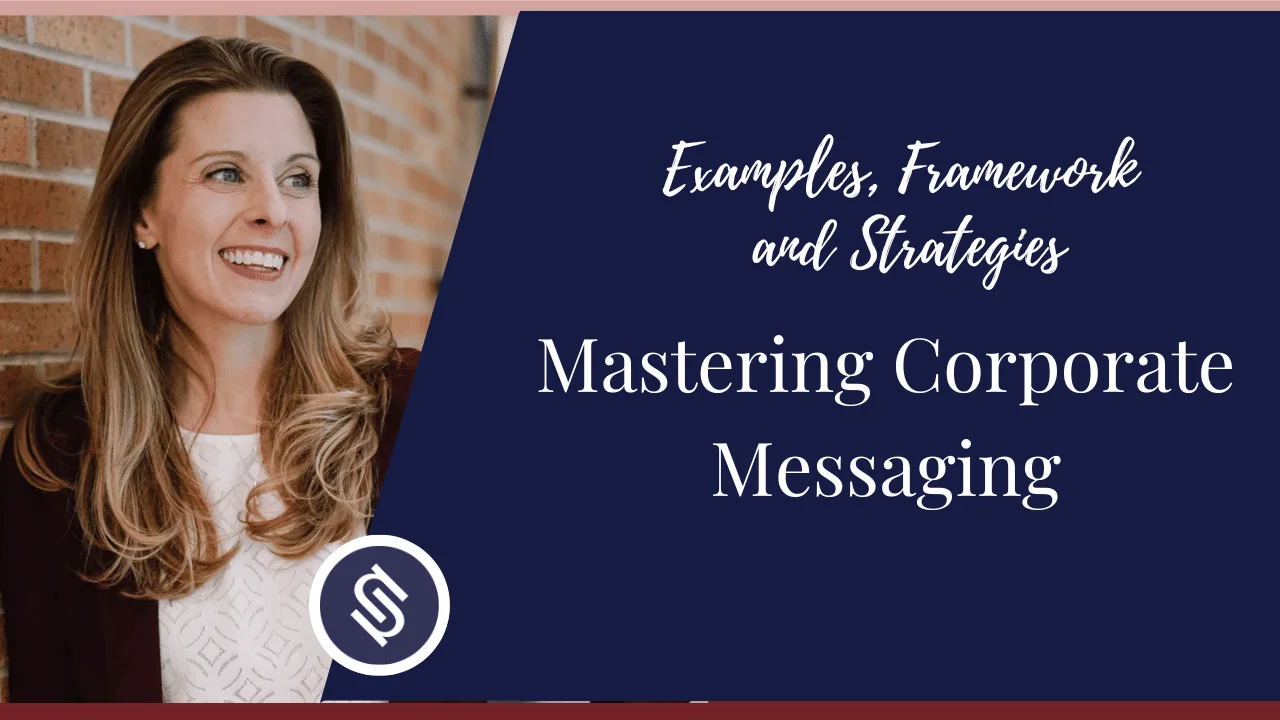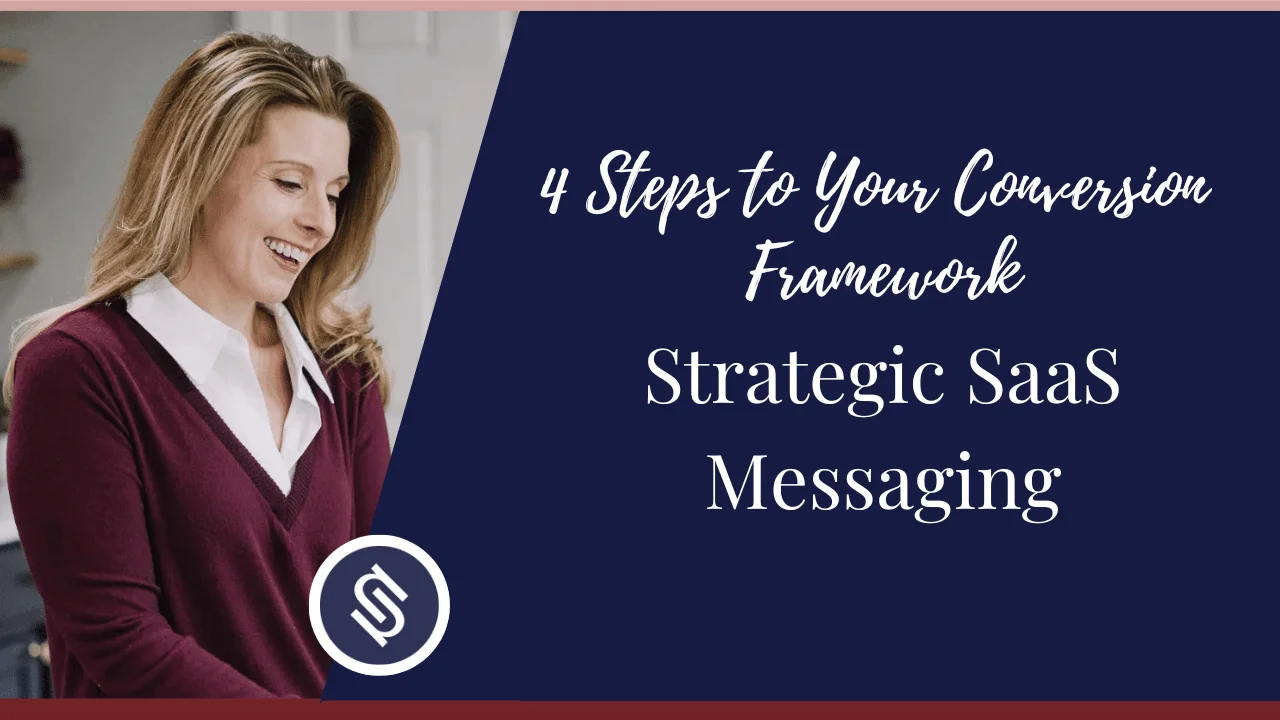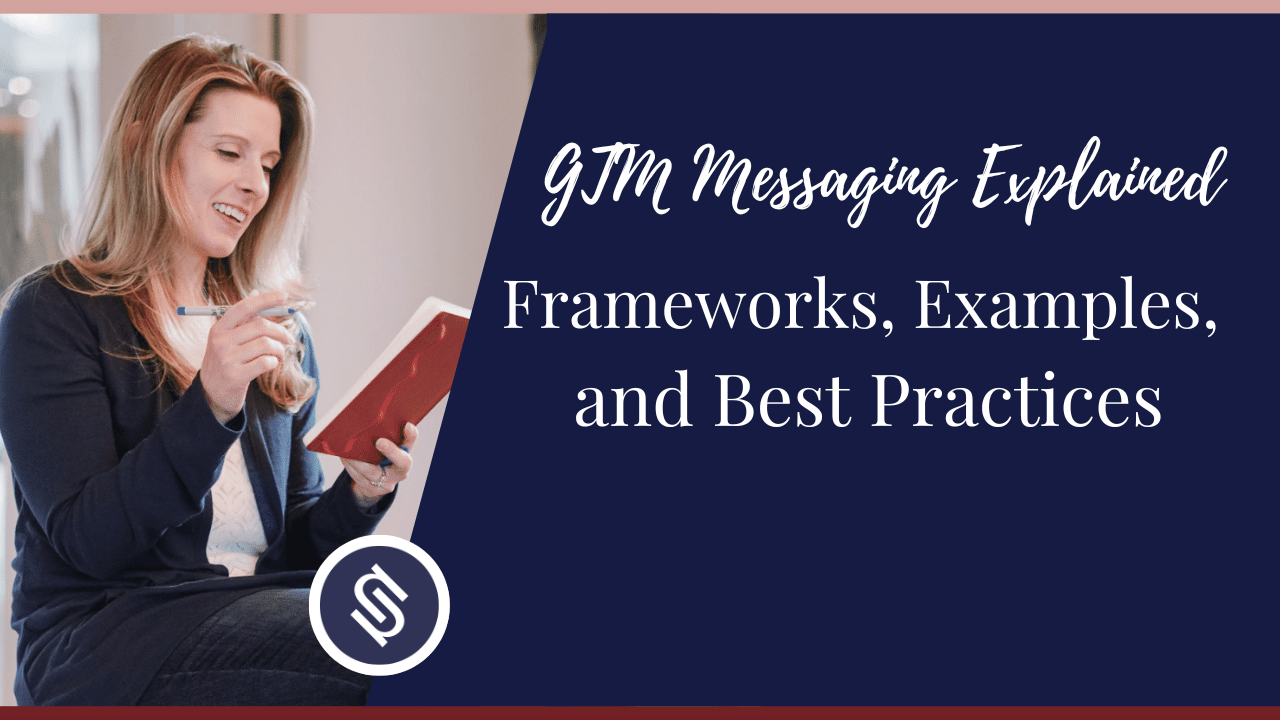Customers are exposed to an estimated 5,000 advertisements each day. Consider, for example, the constant messages, including promotional emails, newsletters, and surveys. Among product offerings, much of this communication becomes clutter, which is often deleted or flagged as spam.
Unfortunately, this is a challenge for brands that devote their time and resources to creating these messages. That’s where the concept of contextual messaging proves essential.

What is Contextual Messaging?
Contextual messaging delivers product messages tailored to the audience’s precise context – their location, experience, and needs – at the right moment.
For example, a SaaS company can reignite customers’ interest by sending messages that inform them of what they’ll be missing out on.
Or recapture the customers who’ve opted out by enticing them with a discount or a limited-time free trial for a premium service.
Such a technique involves understanding every step of the customer journey, from when they become aware of the need for a solution to when they decide to purchase or use a product or service.
What is Context in Marketing?
Context refers to the circumstances surrounding the audience, such as their experience, conditions, and customer journey.
Draw on past customer behavior and projected outcomes, informed by market research and customer analysis, to craft key messaging that resonates directly with the audience at the right time.
How Does Contextual Communication Work?
Contextual communication works by delivering messages that address the audience’s needs precisely when those needs arise.
The right timing is key here. It ensures that the message is received when it is most likely to draw engagement.
Contextual messaging is designed to elicit a response or entice onlookers to become paying customers. So, if a business isn’t seeing enough conversions, the strategy might lack context.
I’m Nora Sudduth, and I can help you shape your brand’s messaging to drive more engagement. Schedule a discovery call with me today!

Importance of Context in Messaging
Often, brands fail to tailor their message to that person’s context. That is, how they understand the world or the subject at hand, what their background is, and why they’re in conversation with you in the first place.
Aligning with an audience’s context tells them the message is essential, which gets them to pay attention and influences them to take a desired action.
Context, therefore, is what gives meaning to the message.

Why Contextual Communication Skills Matter for a Brand
Contextual communication is vital in impacting customers’ experience. Here are ways it helps:
- Improve Message Relevance: When a brand aligns its messages with the audience’s role and responsibilities, it is likely to capture their attention and drive action.
- Build Trust and Engagement: Customers appreciate communication from brands that acknowledge their needs and challenges. This creates a sense of trust and inclusivity.
- Improve Decision Making: With contextual messaging, brands can provide the audience with specific information that reduces confusion and allows them to make informed decisions.
- Reduce the Information Overload: By delivering relevant content, customers can focus on what really matters and minimize distractions.
- Strengthen Emotional Connection: Tailored messages demonstrate a brand’s values, understanding its customers, and fostering a strong connection and engagement.

Contextual Messaging Framework You Can Replicate
A messaging framework is a written guide that directs how a business shapes its content, allowing for consistent messaging across all the channels it uses.
Here’s a sample framework to replicate for any business:
| Unique Value Proposition | ||
| Brand Voice | ||
| Persona name | Persona name | Persona name |
| Pain points | Pain points/goals | Pain points/goals |
| Objective | Objective | Objective |
| Key message | Key message | Key message |
| Proof points | Proof points | Proof points |
Unique value proposition: A brief statement on the product’s value and what differentiates a brand from its competitors.
Here is an example of a value proposition statement from SEOWind, an AI writing tool. It’s clear and straight to the point.

Right below this statement, but still above the fold, SEOWind bolsters its claim by telling us how it delivers its promise of “driving traffic”:
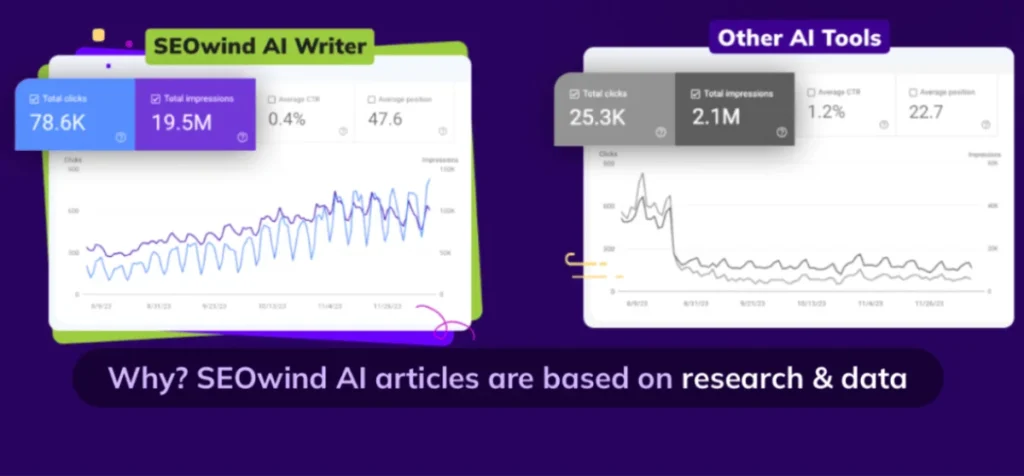
Here’s another example from Canva, an online design platform:
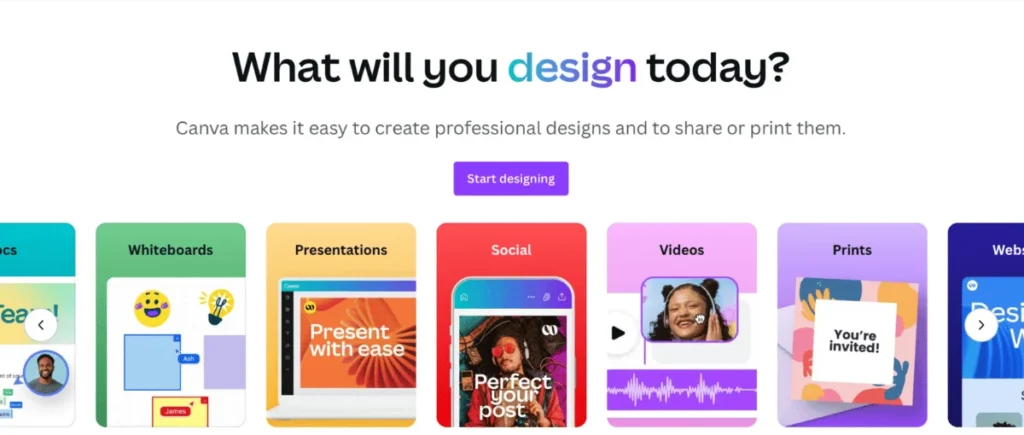
Their value statement is short and easy to understand. However, they also use design elements (such as different font colors for the word “design”) that perfectly align with their brand identity.
- Brand voice: Determine how a brand wants to be perceived by its audience, whether it should be perceived as friendly or authoritative. Think of it as the vibe the messaging should give (which should also align with the brand pillars).
- Pain points: These refer to the problems that an audience wants solutions to and which a brand can help with.
- Objective: Outlines what a brand wants to achieve with its key messages.
- Key message: Derived from the objectives, these are messages that appeal to the audience’s emotions, present financial incentives for working with or choosing a brand, or entice people with exciting product benefits.
- Proof points: Show evidence that a brand delivers. Depending on the objective, these can be testimonials, statistics, or success stories.
Also from SEOWind, below is an example of proof points. These statistics prove that they’re not making empty promises. They have the numbers to back up their claims.
Proof points are much more effective at convincing people that a brand has what it takes. Remember that anyone can say anything! But not everyone has proof of their abilities.
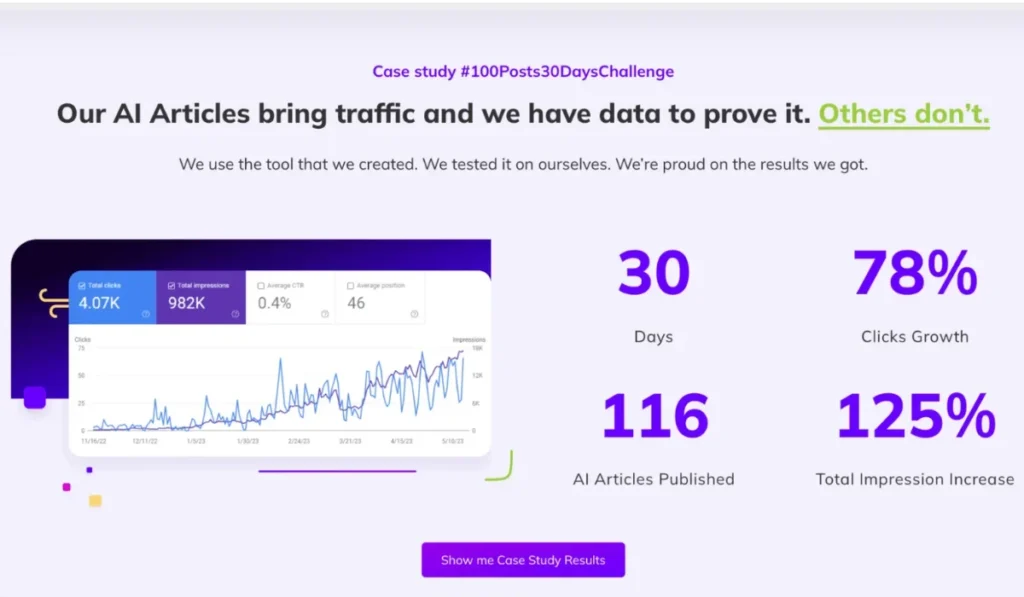
5 Strategies to Develop a Message with Context
Here are 5 strategies to create messaging with the right context:
1. Gather Customer Data
The first step is data collection.
To understand how and when to deliver messages that grab an audience’s attention, research them to gain a deeper understanding.
This means gathering demographic (age, location, status) and psychographic (attitudes toward specific issues, beliefs, interests) information about the people you’re trying to reach.
There are several ways to do this:
- Customer Relationship Management (CRM) tools like HubSpot and ClickUp
- Surveys
- Social media interactions
- Newsletter subscriptions
- Chatbots
All of these tools provide insights into customer behavior and preferences, which will help to identify key touchpoints and messaging opportunities.
2. Map Out the Customer Journey
The customer journey is the path each customer takes when interacting with a brand.
Here’s what it typically looks like:
- Awareness: The audience becomes aware of their problem and begins to notice a brand.
- Consideration: At this stage, the audience realizes an offering can potentially solve their problem.
- Purchase: A business has just made a sale or gained a new sign-up.
- Retention: Once the audience becomes a paying customer, it’s time to find ways to keep them engaged.
- Advocacy: Happy customers naturally become brand advocates. They discuss a brand with their circle of friends, workmates, and family.
Each stage provides opportunities to keep the conversation going through effective messaging.
Mapping out the customer journey will help a brand identify when to engage, what to say, and how to communicate it effectively.

3. Segment Your Audience
Customers will interact with a brand differently because their goals and needs may vary. So, how does a brand precisely reach each of its clients with messaging that resonates with them?
The answer is in buyer personas. These are fictional representations of various buyer or customer groups.
Each buyer persona should have the following elements:
- Persona Name: To make them easier to classify
- Demographics: Include information like their age, gender, and location
- Pain Points: Issues they struggle with or challenges they want to overcome
- Interests: What does their buying behavior look like? How do they spend their spare time?
4. Identify the Right Channels
On to message delivery, the choice of platform is just as important as the message itself. So pick platforms carefully.
When deciding how to deliver the message, consider the following:
- The stage in the customer journey: Customers in the awareness phase are best targeted with platforms like social media, where they spend most of their time. However, when trying to recapture a customer who has opted out, the brand may want to lure them back with an enticing and personalized email.
- How an audience consumes content: Is a brand trying to reach millennials or Gen Z? CEOs or influencers? Some people enjoy listening to podcasts, while others prefer entertaining videos.
5. Test Your Messaging
Lastly, conduct message tests to determine how well an audience responds and identify message variations that gain the most engagement.
Besides, a brand should learn from each iteration to refine the messaging.
If you’re still not seeing results with your messaging, you can also consider my brand messaging consulting services to make your message memorable and your brand stand out.

How to Integrate Contextual Messaging in a Marketing Campaign
Contextual messaging is crucial to a marketing campaign because it impacts every level of the marketing strategy.
Here are actionable ways to integrate it into a campaign:
- Create personalized content: This comes in the form of blogs, podcasts, live videos — whatever format an audience prefers to consume. Use customer and market data to tailor the message to each buyer persona.
- Enhance customer experience: Create more customer touchpoints and ensure that the communication stays open with tooltips, information modals, product walkthroughs, and chatbots. These ensure that customers are well-guided and have an excellent experience with the product or service.
- Keep the communication going: Help customers remember a brand by maintaining the conversation even after they leave a website or app. Use newsletters, push notifications, and even in-app alerts to keep the brand top of mind.
Integrating contextual messages can be more complicated than it looks.
That’s why the best way to get it done is working with a brand messaging strategist who has expertise and experience in marketing strategy.

Advanced Tools for Contextual Messaging
For contextual messaging to be effective, these are the key tools brands should consider:
| Category | Tools | Their Use Case in Contextual Messaging |
|---|---|---|
| CRM Platforms | Salesforce | Personalize communication for customer-facing teams |
| Communication | Slack and Microsoft Teams | Provides updates and collaboration to enable teams to create targeted content |
| Survey | Typeform and Qualtrics | Gather real-time feedback to optimize messages |
How to Measure the Impact of Contextual Messaging
Here are the 5 steps brands should follow to measure the success of contextual content:
- Define Clear Objectives: Determine what success in the contextual messaging should look like, whether it’s generating sales or increasing brand awareness. Besides, pick the metrics that reflect the objective, for example, to measure conversions, brands must monitor the sign-ups and purchases.
- Analyze Contextual Performance: Identify where the messages resonate the most and where they are effective for a brand to allow optimization.
- Conduct A/B Tests: Test different messages to see which one performs the best, and analyze the marketing channels that drive conversions.
- Gather Quantitative and Qualitative Data: Check for numerical data, such as the page views and conversion rates. Also, look for sentiments in their opinions and behavior through surveys and customer feedback.
- Measure and Optimize: Once brands have the insights from the data they’ve analyzed, they can use them to refine their messaging further.

Future Trends in Contextual Messaging
Brands must adopt new trends and technical advances to enhance their contextual targeting, thereby improving engagement and achieving better performance.
Here’s what businesses should expect:
- AI-Driven Contextual Targeting: AI enables the creation of targeted, contextual messaging that accurately matches the audience, thereby increasing relevance and engagement.
- Sentiment Contextualization: Utilize NLP to analyze sentiments and topics in content, matching messages to content that aligns with the intent and relevance.
- Unified Multichannel Context: The message context must be consistent across all platforms, including email, messaging apps, and voice.
- Real-Time Analytics: The ability for brands to analyze customer data in real-time allows businesses to personalize their messages based on their customers’ interests.

Frequently Asked Questions (FAQs)
Explore the top questions about contextual messaging below:
Which Industries Benefit the Most from Contextual Messaging?
The tech and travel industries benefit greatly from contextual messaging because of the dynamic nature of their business.
They must keep their customers engaged at various stages of an often complex customer journey. Most tech companies also rely heavily on subscriptions, which means maintaining personal and open communication is essential to their business.
What are the Common Pitfalls of Using Contextual Communication?
The most common mistakes brands make include:
- Not delivering at the right time: Don’t deliver randomly. Using customer insights, deliver messages when they are most likely to gain engagement or produce a desired outcome.
- Using the wrong platforms: Where you communicate matters. So, use channels that are relevant to your audience.
- Inconsistency: Maintain your brand voice, identity, and personality throughout your campaigns to avoid confusion.
How Does Contextual Messaging Differ from Traditional Messaging?
Traditional marketing often interrupts a potential customer’s experience to deliver a brand message, which doesn’t always work.
Contextual messaging matches a customer’s experience to deliver messages at precisely the right moment.
Can Contextual Messaging Be Automated?
You can use automated tools to deliver contextual messages to your audience. These range from chatbots to in-app tooltips to SMS.
How Do Small Businesses Use Contextual Messaging Effectively?
Small businesses can use contextual messaging by:
- Adding personal touches, including customer milestones, to the content
- Personalize content based on their customers’ behaviors
- Use customer data, such as their shopping history, to create relevant messages
- Leverage marketing automation when creating contextual messages to make the conversation effective
Conclusion
Contextual messaging keeps an audience engaged and elicits the desired reaction because context gives depth to the brand message.
A brand can shape its messaging with the proper context by gathering customer data, segmenting its audience, utilizing the right platforms, and refining its message according to campaign performance.
That’s where I can help.
I’ve worked with brands on thousands of marketing campaigns and have over 20 years of experience in branding and messaging.
Book a discovery call with me, and let’s connect to refine your messaging so your offers resonate and convert!


![Featured Image - How to Implement Contextual Messaging Like a Pro [Strategies Included]](https://norasudduth.com/wp-content/uploads/2024/06/How-to-Implement-Contextual-Messaging-Like-a-Pro.jpg)
